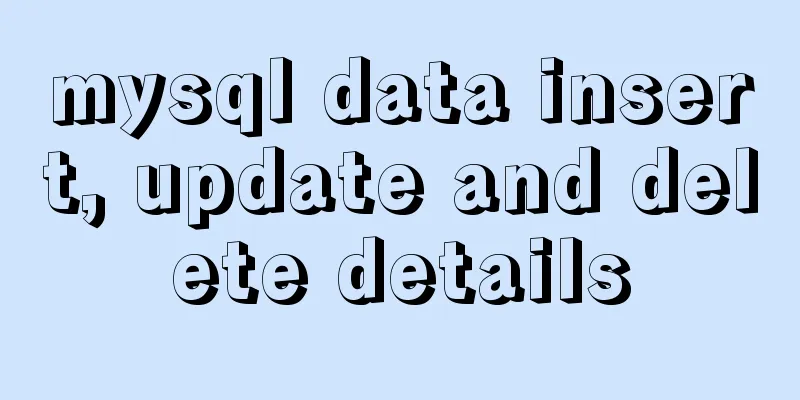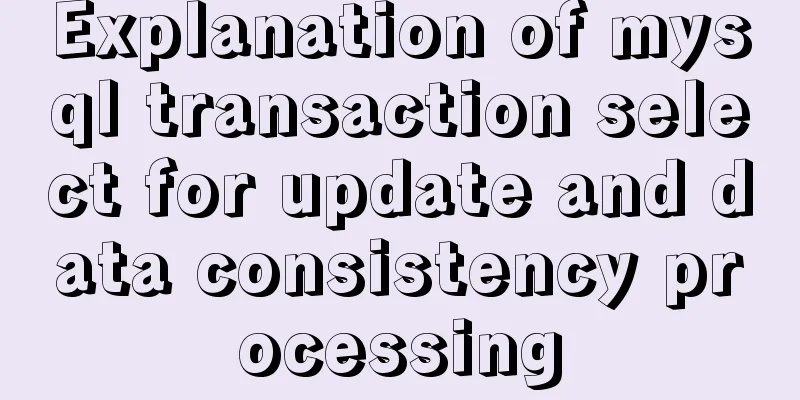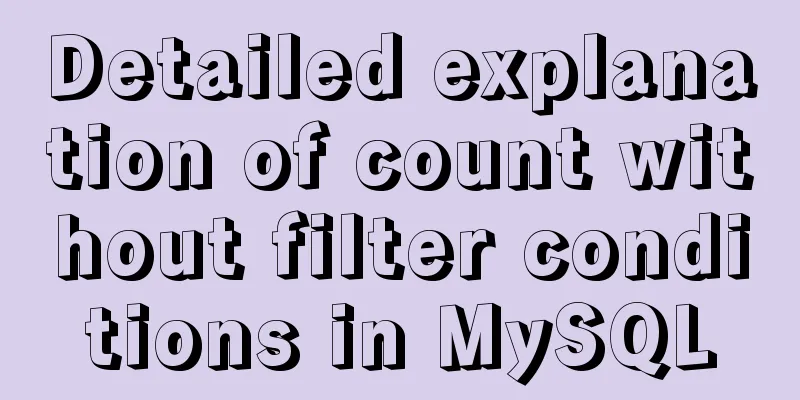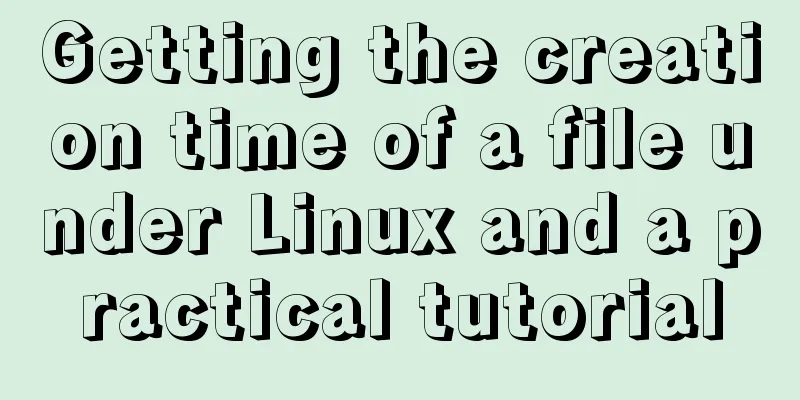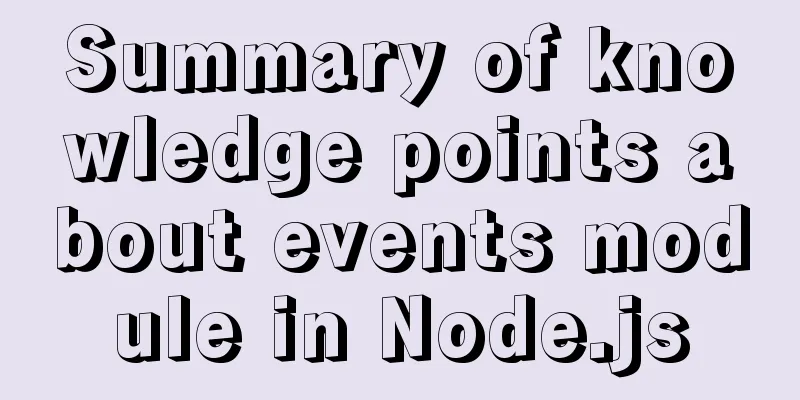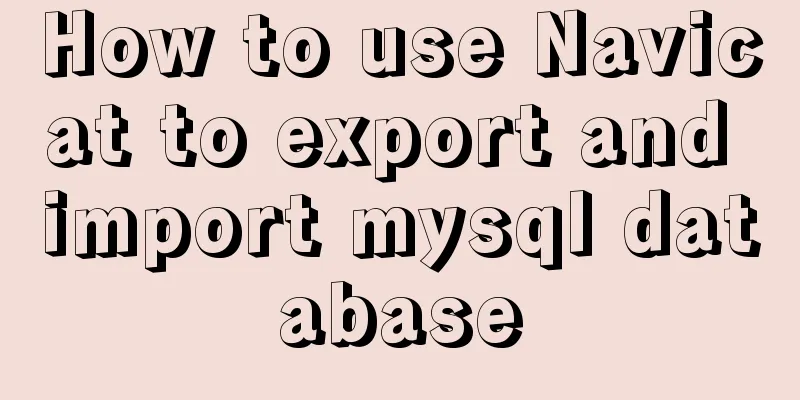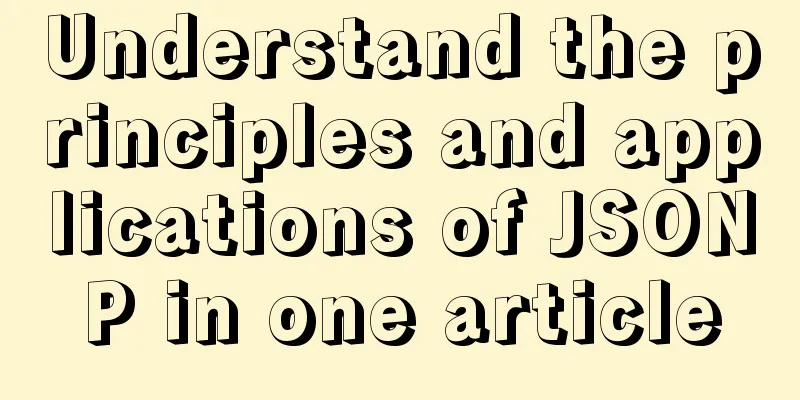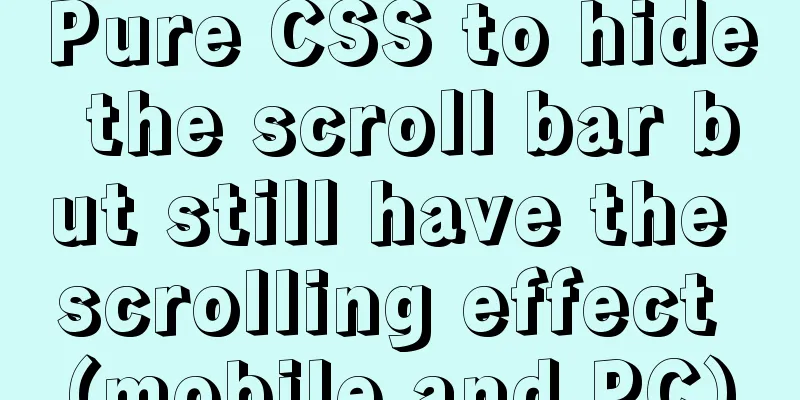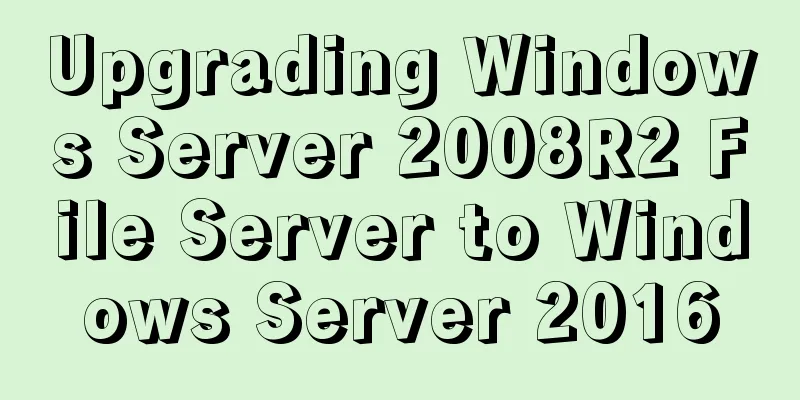Detailed explanation of MLSQL compile-time permission control example
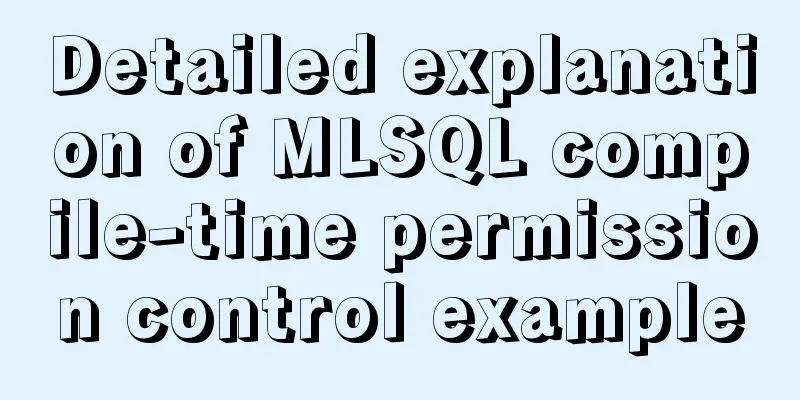
|
Preface The simple understanding of MySQL permissions is that MySQL allows you to do things within your ability and you cannot cross the line. Permission control is as important as the lifeline of MLSQL. MLSQL needs to access a variety of resources, such as MySQL, Oracle, HDFS, Hive, Kafka, Sorl, ElasticSearch, Redis, API, Web, etc. Different users have different permissions for these data sources (as well as tables and columns). The traditional model is that each user needs to have a proxy user, and then authorize this proxy user in each data source. This may seem troublesome, but in practice, it is basically difficult to implement. Different data sources are in different teams, so the entire application process may take days or even weeks. There is another point that everyone may feel: We wrote a script with great difficulty and ran it for an hour when it suddenly failed. We found that the data source accessed on line 350 did not have sufficient permissions. This is really annoying. Here comes the problem So, how can we know whether all resources involved in the script are authorized before the script runs? The answer is: Yes Off topic: The title is not rigorous, because MLSQL is essentially an interpreted execution language that does not require compilation. A better title would be [Permission Control During Parsing]. If MLSQL has permission verification turned on, it will first scan the entire script and then extract the necessary information, which includes detailed information about various data sources, so that you can know whether you have accessed unauthorized libraries and tables before running. So how does MLSQL do it? Let's look at the following information:
connect jdbc where
driver="com.mysql.jdbc.Driver"
and url="jdbc:mysql://${ip}:${host}/db1?${MYSQL_URL_PARAMS}"
and user="${user}"
and password="${password}"
as db1_ref;
load jdbc.`db1_ref.people`
as people;
save append people as jdbc.`db1_ref.spam`; Because MLSQL requires that any data source must be loaded using a load statement. When parsing the load statement, MLSQL knows that the user is now accessing a data source based on the JDBC protocol, and it obtains this information through the URL:
Of course, this script user will also write a spam table, and information will be extracted as well:
Then there is a temporary table people, so this script has three tables of information in total, which will then be sent to AuthCenter for judgment. AuthCenter will tell MLSQL which table is not authorized for the current user. If an unauthorized table is found, MLSQL will directly throw an exception. During the whole process, no physical plan will be executed at all, only information extraction from the script. In MLSQL, we cannot access hive tables in select statements. We can only load them through load statements. For example, the following statement will report an error: select * from public.abc as table1; We do not have access to the public.abc library in the select statement. If you need to use it, you can do it as follows: load hive.`public.abc` as abc; select * from abc as table1; How to implement column level control When MLSQL parses the load statement, it will ask the current user which tables are accessed and which columns are authorized. It will then rewrite the last load statement and provide a new view that only has the columns that the user is authorized to access. Summarize Through some effective restrictions, MLSQL can directly extract all data source related information at the syntax parsing level and send it to the corresponding permission center for judgment, avoiding authorization rejection issues during runtime. This move by MLSQL is of great significance. It makes the MLSQL system no longer completely dependent on the permission control of the underlying system, thus greatly simplifying the problem. Well, that’s all for this article. I hope the content of this article will be of certain reference value to your study or work. Thank you for your support of 123WORDPRESS.COM. You may also be interested in:
|
>>: Axios cancel request and avoid duplicate requests
Recommend
Explanation of MySQL performance inspection through show processlist command
The show processlist command is very useful. Some...
HTML symbol to entity algorithm challenge
challenge: Converts the characters &, <, &...
Introduction to the use of form OnSubmit and input type=image
If there is an <input type="image">...
Sample code for deploying Spring-boot project with Docker
1. Basic Spring-boot Quick Start 1.1 Quick start ...
How to query the intersection of time periods in Mysql
Mysql query time period intersection Usage scenar...
How to solve the problem that the software package does not exist when installing software in Linux
When the software package does not exist, it may ...
Install MySQL database 5.6 source code under Linux and change the login user password
This article mainly explains how to install the M...
Mysql uses insert to insert multiple records to add data in batches
If you want to insert 5 records into table1, the ...
Detailed explanation of the solution for CSS-opacity child elements to inherit the transparency of parent elements
In the process of writing the project page, I enc...
vue $set implements assignment of values to array collection objects
Vue $set array collection object assignment In th...
What are the benefits of using B+ tree as index structure in MySQL?
Preface In MySQL, both Innodb and MyIsam use B+ t...
Basic commands for MySQL database operations
1. Create a database: create data data _name; Two...
In-depth analysis of HTML semantics and its related front-end frameworks
About semantics Semantics is the study of the rel...
MySQL index failure principle
Table of contents 1. Reasons for index failure 2....
Centos 7.4 server time synchronization configuration method [based on NTP service]
This article describes how to configure time sync...
